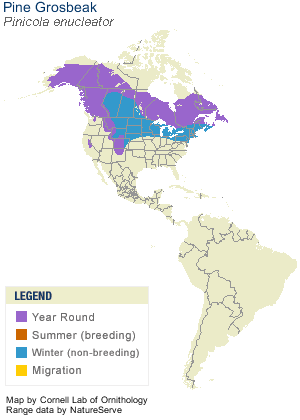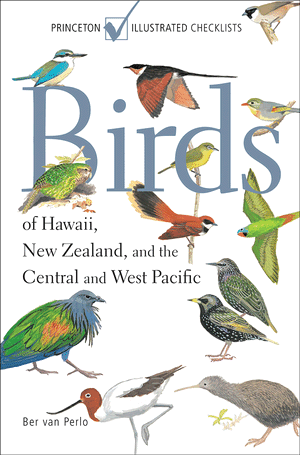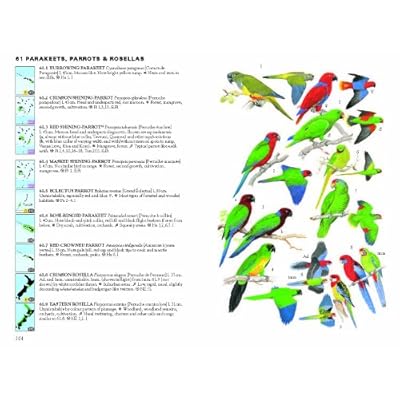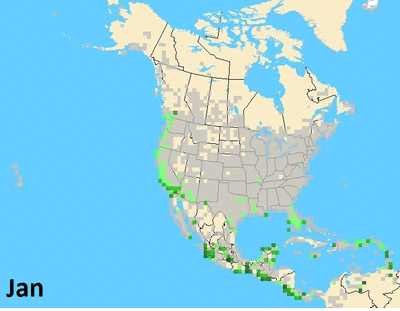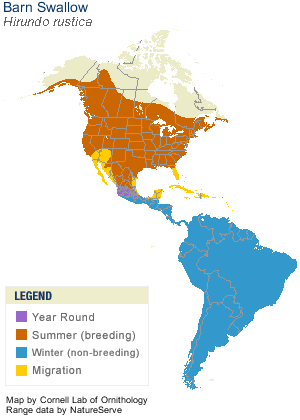 |
Nicole Perretta
with Jay Leno
San Diego, California |
How did you get into birding? Did you or do you have a birding mentor and can you tell us about that person? Did you have a “spark bird”?
I would have to say it was my grandmother who peaked my interest in birds. She always had a yard full of visiting birds. Occasionally, a Mourning Dove would become stuck in the chicken coop and I was the one to rescue it. Mourning Doves are amazing to behold in hand. Their sky blue eye rings, powdery grey under wings, and iridescent neck spots, are enough to push anyone over the edge. They did it for me, and I’ve not been sane since.
How long have you been birding?
I started birding when I was 9 years old. So um, that's 30 years now.
How often do you go birding? And where do you regularly go birding?
I am a silent birder, I sleuth around like a Hermit Thrush, often heard, but rarely seen in the field. I prefer to bird far from home. I would rather see a bird in its natural habitat, than chase a rarity.
Where is your favorite place to bird?
Anywhere I can see a bunch of new birds at a time. My recent favortie spot was Colca Canyon, Arequipa, Peru. Got to see my first Furnariids, quite a treat!! I travel to Peru every year, as my husband is from there. I look forward to birding new spots every time I go.
Do you have any local birding hotspots that may be yet unknown to other birders that you would be willing to share with us?
I'm from San Diego, that place is crawling with birders!!! I doubt any place has been left unbirded, especially after the San Diego Bird Atlas.
How would you describe yourself as a birder? A “watcher”, a “lister”, a “chaser”, “ticker”, “twitcher” all of the above, or something else?
Sometimes I bird for a cause, like to raise money for the local Audubon Society Bird-a-thon, or for the Christmas Bird Count. During those times, I become a ticker and chaser. Being a mother of two, I just do not have time to chase birds locally. I really only can go birding when I am at the bird festivals away from home. Since I am at home quite a bit though, I have learned to enjoy watching the local birds go about their daily lives.
What kind of birding equipment do you use?
I have kids that like to use my stuff. Therefore, no expensive gear used. I really love my Nikon Monarchs. Really good lighting and light weight too!! I used to have a scope, but it was stolen and I’ve yet to replace it.
How do you keep track of your bird observations?
Since I've had children, I've become very unorganized with my record keeping. I tend to write things down then forget to put in on a master list. I even tried putting them down on an ipod bird app, but lost interest. I have a wonderful hard covered journal that I started writing my life list in when I was nine years old. My last entry was when I was 15 years ago I think. Fortunately, like my bird calls, I can remember every bird I've seen, where I saw it, and the year. Unfortunately, I can not add in my head, so I really don't know what my total count is!
What is your favorite bird sighting and what is the story behind it?
Honestly, my favorite bird sighting is always when I see a new bird for the first time. Sometimes you wait years to see something. My first trip to the Rio Grande Valley Birding Festival last year, gave me an opportunity to see some epic new birds. I was quite happy.
Any good backyard birding stories?
I like when birds bathe in my bird bath. My favorite for a while was a Wilson’s Warbler that bathed daily. I named him, “Wet Willy”. I had a Rose-breasted Grosbeak and a Palm Warbler in my yard one year, not bad for San Diego.
Which birding publications and websites do you read and recommend?
Birdwatcher's Digest!! Seriously, that is the only publication I receive. I love Xeno-canto for bird vocalizations.
Which is your favorite field guide and why?
I am really digging the smart phone versions of Audubon, iBird, and Sibley. The idea of carrying a 400+ page book on a tiny device tickles me. I also love the fact you can bring up the calls for each bird. Please let me know when any of the Peruvian field guides are available for ipod. I'm getting tired of the bulk!!! However my all time favorite North American guide is National Geographic. I have all the editions. I really like the illustrations and layout, and it was my first discriptive filed guide I ever bought.
Which three books from your personal birding library would you recommend to other birders?
You know, I love Princeton Press (plug plug). Just about any book they make is awesome. Birds of Peru, the Crossely Guide, and any other of thier series. I collect field guides, so it is hard for me to single any out.
Do you have any formal bird-related education background?
Nothing formal or academic. I've worked as a bird banding technician, point-counter, private collection aviculturist, zookeeper and avian incubation and hand-rearing technician at the San Diego Zoo, wildlife rahabilitator, and bird illustrator. The birds have given me a good education.
If a fellow birder had a question about a bird, do you consider yourself an expert (or at least proficient) on any specific family of birds?
I do not belive it is possible to be an expert really. Birds challenge us dialy. I used to think I knew a lot when I was young, I don't think that anymore. Ok I probably can ID accipiters with confidence, then again, I once encountered a bird which may have been a hybrid Coop/Sharpy. I even had it in hand, and took photos and I still get confused by it.
What future birding plans do you have?
To Bird in Ohio!!!!!!
What is your nemesis bird?
Swallow-tailed Kite, then again, I have not been to the south.
Any birding related pet-peeves you’d like to vent about here?
Mean birders that take life too seriously. Not everything is a contest…
Anything about your family you’d like to share with us?
They've given up on me long ago. I think one of my sons may end up being a birder, we'll see.
Outside of birding, what are your other interests or hobbies?
I’ve been a falconer for 20 years. Actually, this sums up why I do not have time to do just about anything else. I am also a wildlife artist.
Visit http://www.nicoleperretta.com/
 |
| "Hidden Prey” American Kestrel 9 x 12 Watercolor on illustration board by Nicole Perretta |
Any funny birding experiences you could tell us?
Well the funniest have been when I've called birds in. Once, I was birding with my bird-a-thon teammates, and we went to find California Quail for our list. We got out of the car, walked a little ways into the field, and my teammate Leslie said, “OK, call them.” So I called. We heard nothing but rustling in the bushes ahead of us, so I shrugged and called again. The rustling got closer. I called another time, and out exploded two male California Quail that flew straight toward my face. Of course, once they saw five people standing where an intruding quail was supposed to be, they made an immediate 180 turn in mid-flight and flew back into cover. We were laughing so hard we almost fell over.
If you were a bird, which species would you be and why?
When I was a child, I made up a bird that had legs and feet like a Secretary Bird, wings of an falcon, a tail of a swallow, and was rainbow colored. Maybe I should be that bird? I think if I could be a bird for a day, a Merlin would be fun. As long as I did not get munched by something larger, chasing sparrows at mock 10 would be thrilling.
Anything else that you would like to humbly brag about?
Hey did I mention I was on the Ellen Show and Jay Leno, twice for my bird calls? I can do 160 bird calls now.
Video clips of Nicole Perretta online.
Total life list?
Let me get back to you when I figure that out. My world list is much higher than my US list. I've been to Mexico, Canada, Peru and Italy and only a handful of states.
Most exotic place you’ve gone birding?
Peru and Copper Canyon, MX.
Your mission in life as birder?
Enjoy every bird I see.
Come meet Nicole in person and listen to her presentation which will amaze and entertain you at the Midwest Birding Symposium, Sept 15-18 in Lakeside, Ohio.
| Birder Profile is a weekly blog segment at "Birding is Fun!" spotlighting a fellow birder. If you would be interested in sharing a little about yourself and your birding experiences, please send me an email. Is there a birder you'd like to see featured? Please nominate that person by sending me an e-mail too. Enthusiasm for birding is the only prerequisite! |








